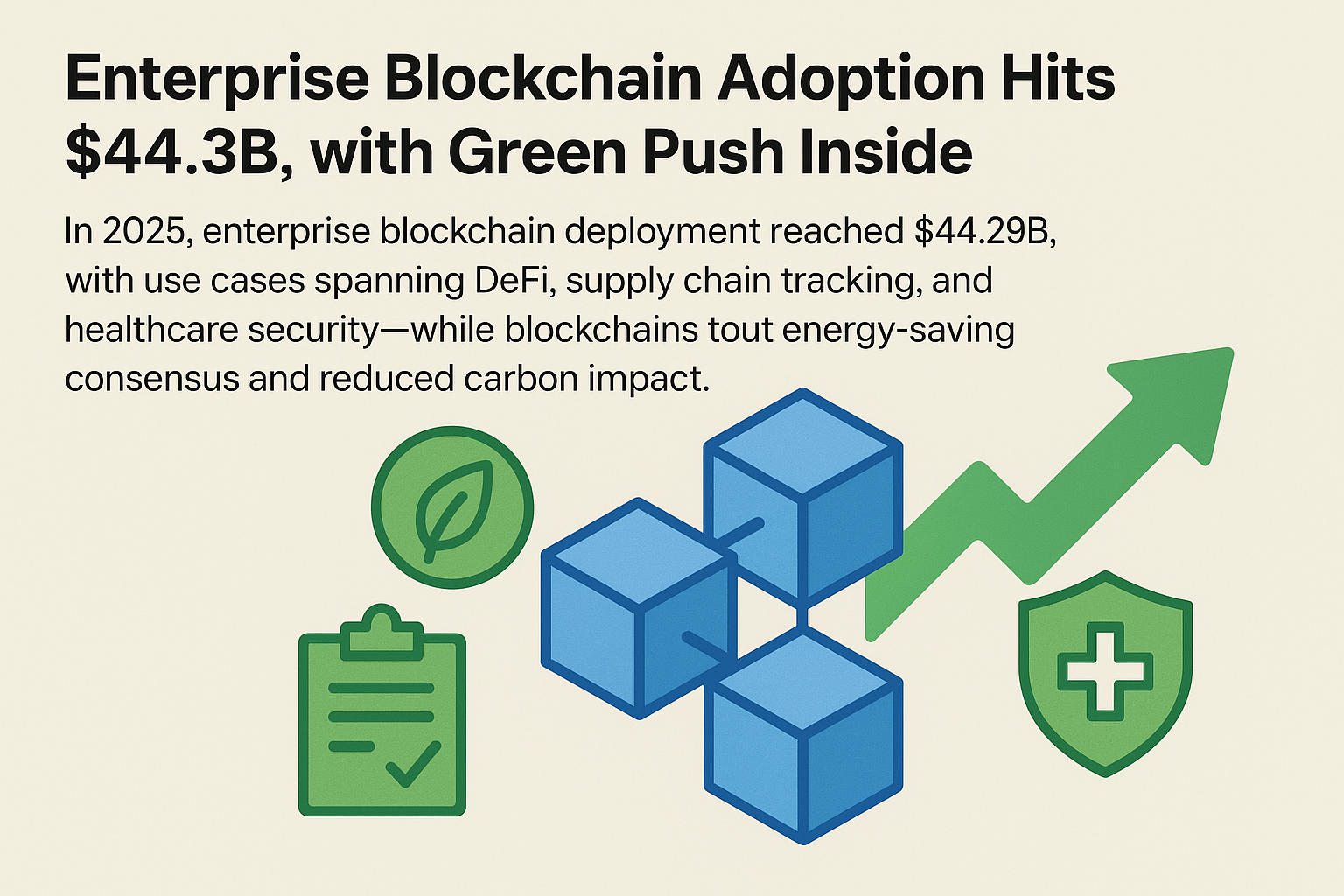The transition from fossil fuels to renewable energy has gained significant momentum in recent years, with solar power emerging as a leading solution to reduce carbon emissions and combat climate change. One of the key factors propelling solar power to the forefront of this revolution is the rapid advancement in solar panel technologies. As these technologies evolve, they are driving substantial improvements in energy efficiency, making solar power a more viable alternative to traditional energy sources.
Efficiency at the Core of Solar Power
Solar panel efficiency refers to the ability of a solar cell to convert sunlight into usable electricity. Over the past decade, breakthroughs in photovoltaic (PV) technologies have significantly increased the efficiency of solar panels, allowing them to capture more energy from the same amount of sunlight. The average efficiency of commercial solar panels has risen from around 15% to over 20%, with some cutting-edge models reaching efficiencies above 25%.
These advances are largely attributed to improvements in materials and cell structures. Traditional silicon-based solar cells have become more efficient through techniques such as passivated emitter rear contact (PERC) technology, which reduces energy losses and boosts overall performance. Additionally, the introduction of bifacial solar panels, which capture sunlight on both sides, has further increased energy output.
Emerging Technologies Pushing Boundaries
While silicon-based panels dominate the market, new technologies are poised to push solar efficiency even further. One of the most promising innovations is perovskite solar cells. These cells have garnered attention for their ability to achieve high efficiencies at a lower cost than silicon-based cells. In laboratory settings, perovskite cells have achieved efficiencies of over 29%, and their lightweight, flexible nature opens up possibilities for integration into various surfaces, from building materials to portable devices.
Another exciting development is tandem solar cells, which layer different materials to capture a broader range of sunlight wavelengths. By combining materials like silicon and perovskite, tandem cells can surpass the efficiency limits of traditional single-layer cells. This technology is expected to play a crucial role in future solar energy systems, enabling even higher energy yields.
Beyond Panels: Innovations in Solar Systems
The quest for higher solar efficiency extends beyond individual panels. Innovations in solar tracking systems, which adjust the angle of solar panels to follow the sun’s movement, can boost energy production by up to 30%. Similarly, advancements in energy storage solutions, such as high-capacity batteries, are addressing one of solar power’s key challenges—intermittency. By storing excess energy generated during peak sunlight hours, these systems ensure a stable power supply even when the sun isn’t shining.
Government and Private Sector Support
The rapid pace of solar innovation has been supported by both government policies and private sector investments. Many countries, including the United States and those in the European Union, have introduced incentives to promote the adoption of solar technologies. Tax credits, grants, and subsidies for solar installations encourage homeowners and businesses to switch to solar power, further driving demand for more efficient panels.
At the same time, private companies are investing heavily in research and development (R&D) to refine solar technologies. Solar startups and established players alike are racing to develop the next generation of high-efficiency panels, driven by both environmental goals and the desire to capture a growing share of the renewable energy market.
The Future of Solar Power
As solar panel technologies continue to advance, the potential for solar power to replace traditional energy sources becomes more tangible. Higher efficiencies mean that more energy can be generated from a smaller surface area, making solar installations more cost-effective and accessible. In urban environments, where space is often limited, this is particularly crucial.
Furthermore, the combination of solar power with other renewable energy sources, such as wind and hydropower, presents the opportunity for a fully sustainable energy ecosystem. As solar technologies evolve and become more efficient, we are moving closer to a future where renewable energy is the primary source of power for homes, businesses, and even entire countries.
Advances in solar panel technologies are not only making solar power more efficient but also positioning it as a key player in the global energy landscape. As efficiency improves and costs continue to drop, solar energy will become an increasingly viable alternative to fossil fuels, helping to drive the world toward a cleaner, more sustainable future.
With continued innovation and support from both governments and private industry, the future of solar power looks brighter than ever. Whether it’s through the development of high-efficiency perovskite cells or the integration of smart solar systems, solar power is set to play a central role in the transition to renewable energy.




